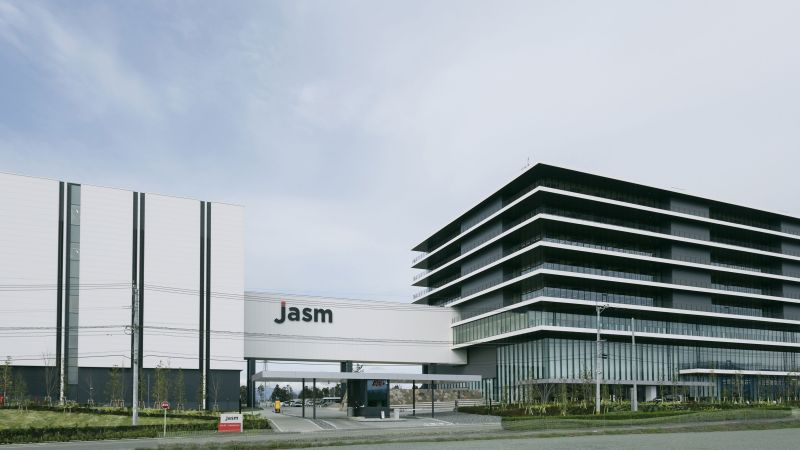TSMC is not only going to build factories in Japan, the USA and Germany, but is also modernizing existing ones, and therefore its activities in China are subsidized by local authorities. As representatives of the Central News Agency found out, in the first half of this year alone, the company received more than $250 million in subsidies in Japan and China, and since 2022, their total amount has almost reached $2 billion.

According to a source citing the company’s reporting, in 2022, TSMC received more than $220 million in subsidies from the authorities of Japan and China, and 2023 turned out to be the most fruitful year in terms of subsidies, as the company managed to receive almost $1.5 billion for related needs. If we add to this amount the $250 million received in the form of subsidies in the last half of the year, then in just two and a half years TSMC was able to receive almost $2 billion in government support from the authorities of Japan and China.
In China, the company is expanding the capacity of its Nanjing plant, which produces chips using fairly mature 28nm technology. It is not yet subject to American export restrictions, so TSMC can safely import the necessary equipment to China. In Japan, the JASM joint venture, whose shareholders are Sony and Denso, will begin production of products based on 12, 16, 22 and 28 nm technology standards in the next quarter. By 2027, TSMC hopes to build a second JASM facility that will use 6, 7, 12, 16 and 40 nm technology standards.
The American TSMC plant in Arizona should begin producing 4nm chips in the first half of 2025; by 2028, a second plant will be ready that will be able to launch the production of 2nm products in this state. TSMC plans also include the construction of a third plant in Arizona, but in a more distant future. The US authorities are ready to provide TSMC with about $6.6 billion in subsidies for the implementation of the company’s projects in the next five years.